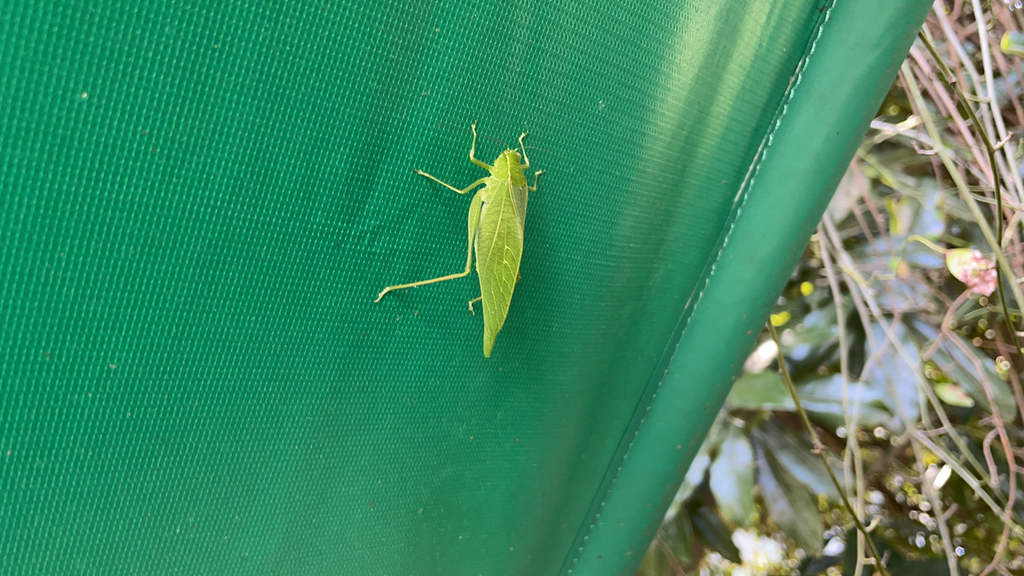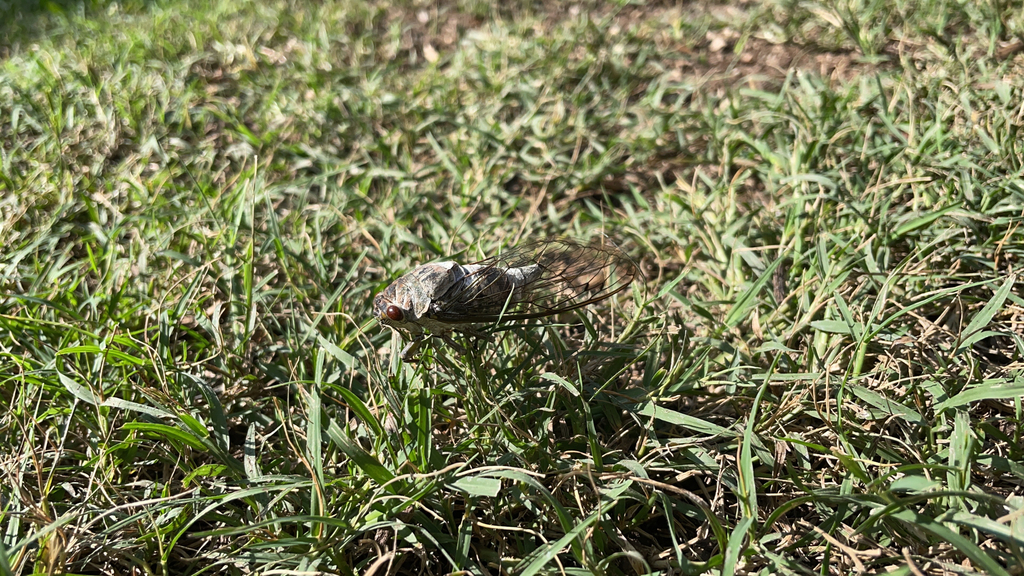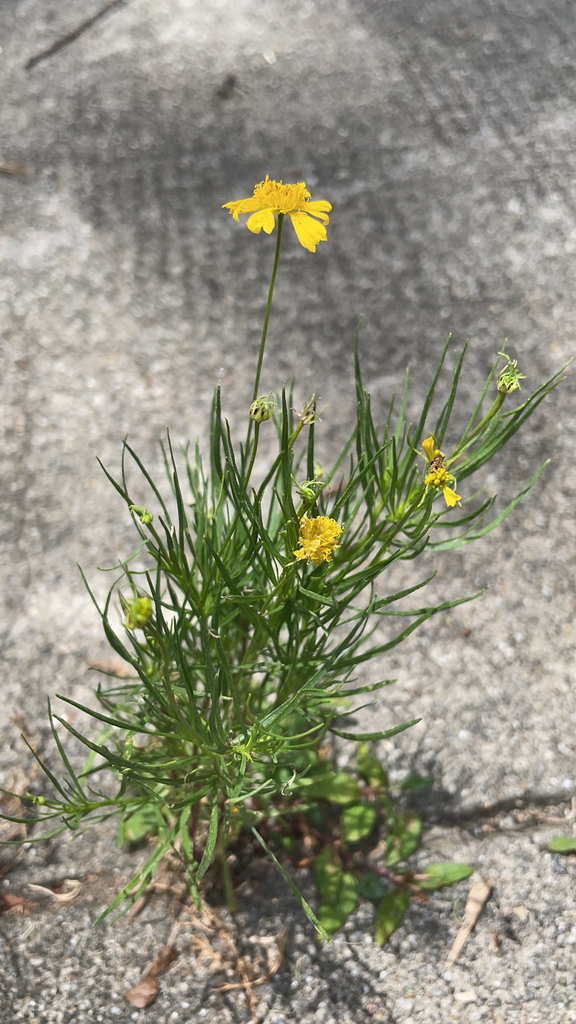
Microcentrum retinerve is a species in the family Tettigoniidae (“katydids”), in the order Orthoptera (“grasshoppers, crickets, katydids”). A common name for Microcentrum retinerve is “lesser angle-winged katydid”. Microcentrum retinerve is found in North America.










